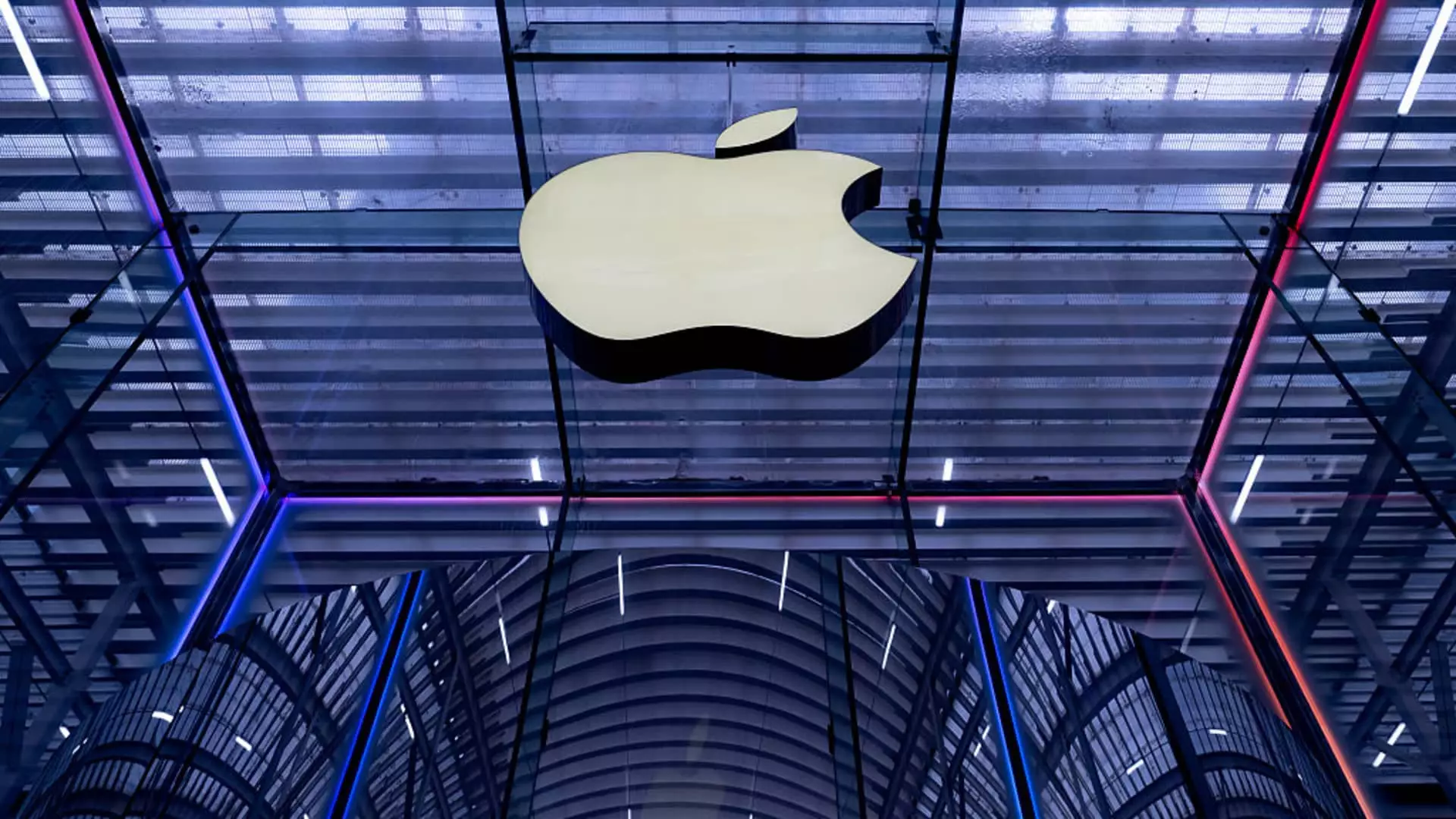In the world of high-stakes finance, hope often masquerades as confidence, and Apple Inc., a symbol of technological innovation and luxury, currently finds itself at a crossroads. While Wall Street’s anticipation of Apple’s earnings release suggests some degree of optimism, a closer inspection reveals a company teetering on the edge of systemic challenges that threaten its long-term stability. The narrative that Apple is bouncing back or resilient ignores the storm clouds gathering on the horizon—particularly geopolitical tensions and shifting consumer dynamics—that could dramatically reshape its future. This insidious disconnect between market perception and underlying reality warrants a critical eye, especially from a centrist liberal perspective that champions responsible corporate governance and economic sustainability.
Global Manufacturing Risks and the Illusion of Self-Reliance
A significant component of Apple’s future profitability hinges on its manufacturing strategy—particularly its Chinese supply chain, which has long been its backbone. Recent efforts to shed light on “Made in America” initiatives, such as the opening of a manufacturing academy in Detroit, are noble gestures. However, these attempts are superficial solutions that do little to address the core issues. An iPhone made domestically at a $1,500 or even $3,500 price point does not merely shift production— it burdens consumers with inflated prices, inevitably shrinking the company’s market share. Moreover, the reliance on India, a strategic move considering tariffs, highlights how fragile the current global supply chain is. Capitalizing on India surpassing China in exports is a short-term win but doesn’t resolve the fundamental vulnerabilities—ongoing geopolitical tensions, inadequate infrastructure, and labor concerns threaten the sustainability of such expansions.
This drive toward near self-reliance is a double-edged sword. It risks alienating the diverse global customer base that has long fueled Apple’s growth, pushing the company into a political minefield where economic decisions are increasingly entangled with international diplomacy. The shortsightedness of over-reliance on a single manufacturing hub—be it China or India—fuels instability, not resilience.
Market Share and Innovation: The Glaring Absence of New Life
Despite the headline shouts of record-breaking films like “F1: The Movie,” and the renewed vigor of Apple TV+, the heart of Apple’s core business—the iPhone—is no longer as vibrant as it once was. Analysts like Tim Long warn that Apple faces a “rough” quarter fueled by tepid innovation and a macroeconomic environment that saps consumer willingness to spend. This skepticism is warranted; the absence of compelling new features or breakthroughs makes the flagship product less desirable.
What is most troubling, however, is Apple’s inability or unwillingness to adapt convincingly. In a marketplace demanding rapid innovation and meaningful upgrades, Apple’s reliance on incremental improvements suffices only until consumer patience runs out. The company’s heavy investment in entertainment content and wearables is supplementary, not transformative. This suggests an overdependence on old revenue streams that no longer guarantee future growth. As market share erodes, especially in China, and consumers become more cautious amid economic turbulence, Apple’s premium pricing strategy becomes increasingly unsustainable.
The Great Reckoning: Are Investors Overestimating Stability?
The investor community’s hopeful sentiment appears disconnected from the reality of Apple’s current trajectory. The stock’s year-to-date decline of nearly 17% starkly contrasts with the broader market’s gains, signaling investor skepticism. Yet, mainstream analysts expect only modest gains in earnings, underlining that even confidence in upcoming earnings reports is fragile. The perceived stability in Apple’s stock price is superficial; beneath the surface, there is mounting evidence of vulnerabilities.
The repeated focus on tariffs, manufacturing shifts, and entertainment buzz distracts from the pressing issue: Apple’s fundamental business model is under threat. The company’s response seems reactive rather than strategic—an attempt to patch holes rather than mend broken infrastructure. Without substantial innovation and a more sustainable global strategy, Apple risks becoming a victim of its own hubris, a cautionary tale of a tech giant that once had unassailable dominance but now faces the brutal realities of a rapidly changing global economy.
In this climate, the optimistic narrative of resilience seems not just misguided but dangerously misleading. The long-term outlook requires a more honest appraisal of systemic risks—trade disputes, geopolitical instability, and innovation stagnation—that could erode Apple’s market position far more significantly than current assessments predict.

